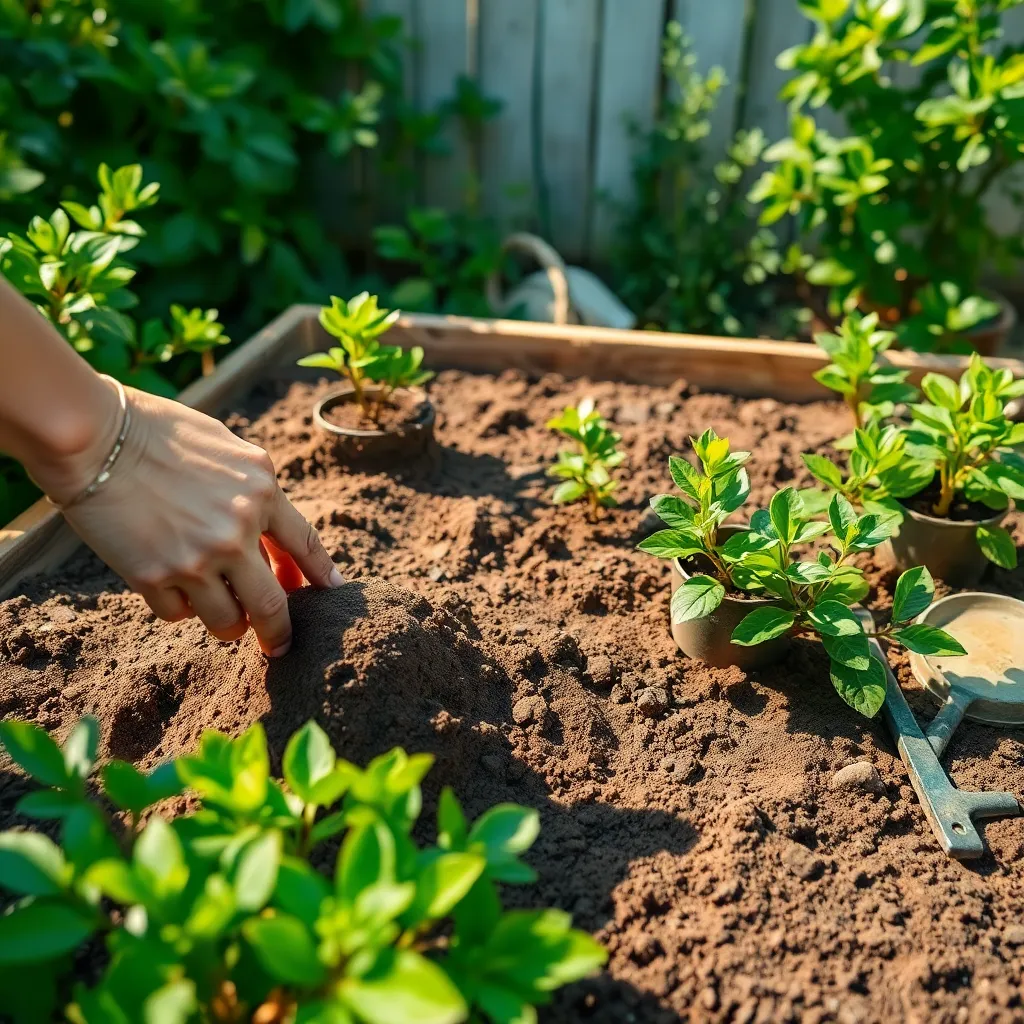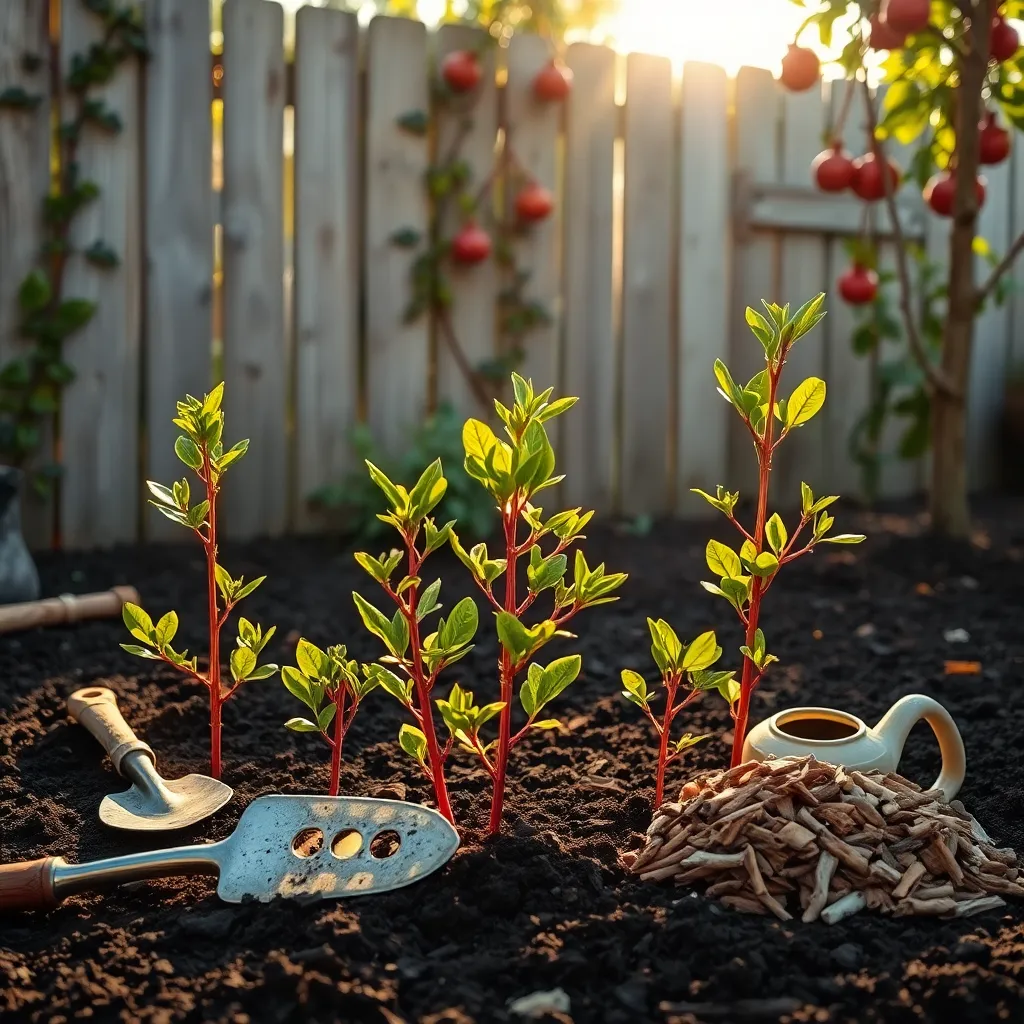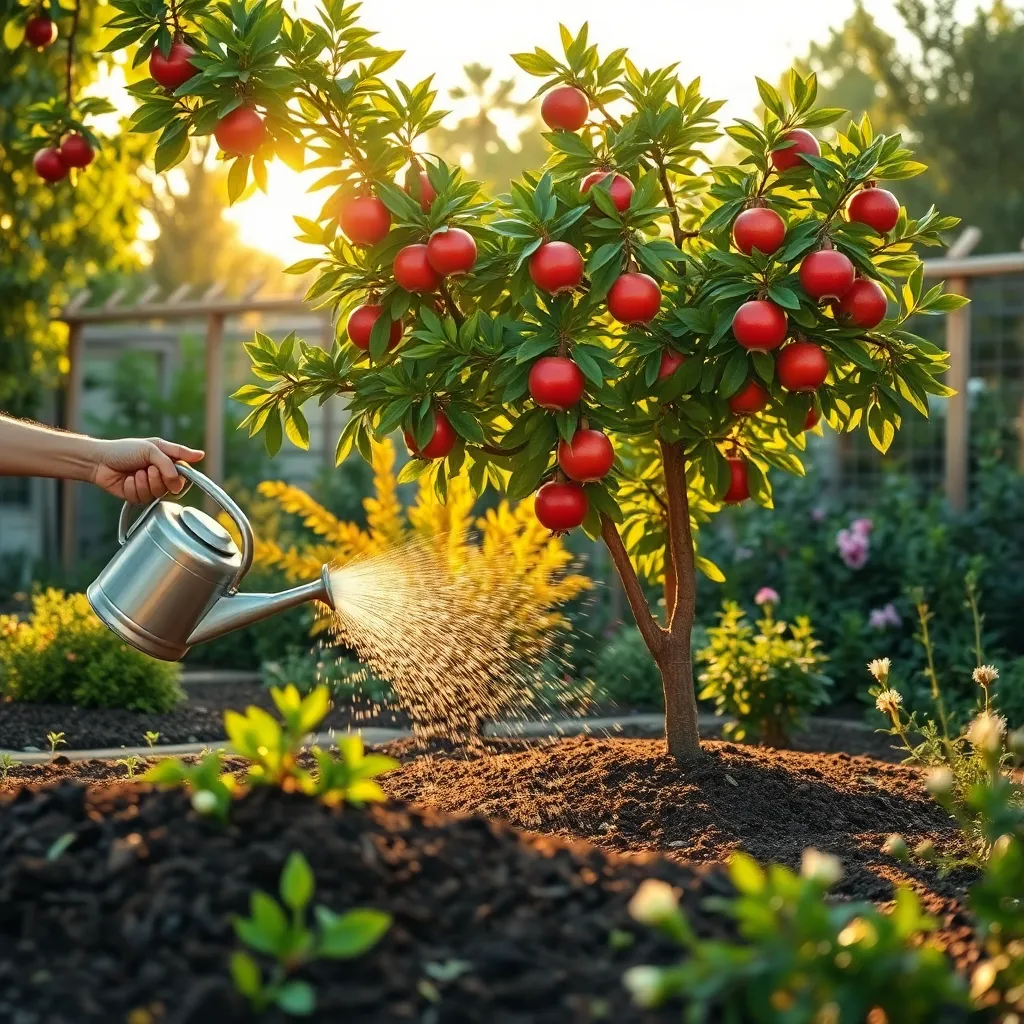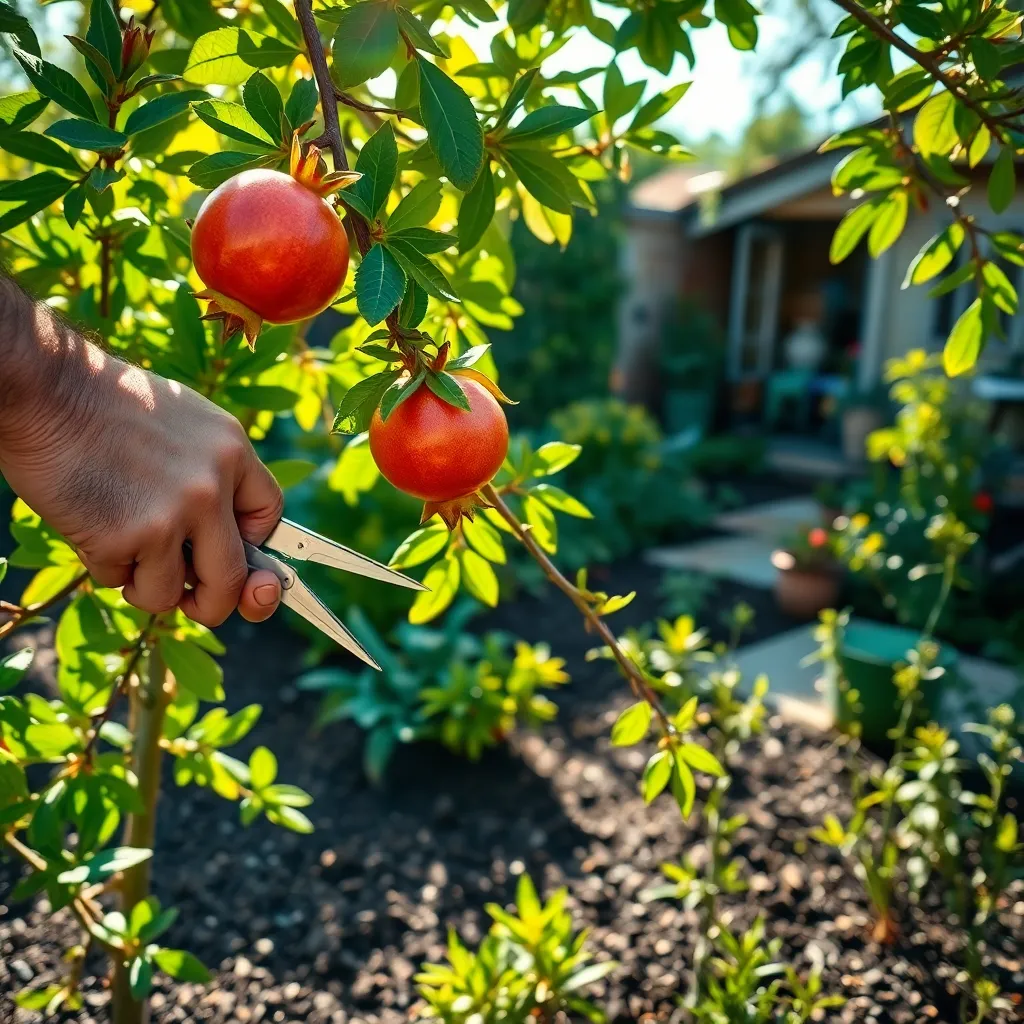Imagine stepping into your backyard and plucking a sun-warmed pomegranate straight from the tree, its jewel-like seeds ready to burst with flavor at your first bite. Growing pomegranates at home might sound like a dream reserved for exotic locales, but with the right guidance, this can be an achievable reality for both novice and seasoned gardeners. Whether you’re just getting your hands dirty for the first time or have a green thumb that’s been nurturing plants for years, cultivating pomegranates adds a touch of the extraordinary to your gardening repertoire.
The allure of the pomegranate is more than its sweet-tart taste; it’s a symbol of abundance and health, offering not just fruit but vibrant beauty to your garden. In this article, we’ll explore the essentials of pomegranate cultivation, from selecting the right variety to mastering the nuances of soil, sunlight, and watering. You’ll discover practical tips tailored to your experience level, ensuring that your efforts yield not only delicious fruit but also a rewarding gardening journey.
Select a Sunny Location

When selecting a location for your pomegranate tree, it’s crucial to choose a spot that receives full sun. Pomegranates thrive in areas that get at least 6 to 8 hours of direct sunlight daily, which helps them produce the best fruit.
Consider the tree’s future growth when allocating space in your backyard. These trees can grow up to 20 feet tall and wide, so ensure there’s enough room for their mature size without shading other plants.
Soil quality is another important factor when choosing your location. Pomegranates prefer well-draining soil, so if your garden has clay or sandy soil, consider amending it with organic compost to improve drainage and fertility.
For gardeners in regions with cooler climates, planting your pomegranate near a south-facing wall can provide additional warmth and protection from harsh winds. This microclimate adjustment can help extend the growing season and improve fruit yield.
Prepare Well-Draining Soil

To ensure your pomegranate trees thrive, it’s crucial to prepare well-draining soil. Start by selecting a planting area where water doesn’t pool after rainfall, as pomegranates dislike soggy roots.
Amend your existing soil with organic matter such as compost or well-rotted manure. This not only improves drainage but also increases soil fertility, providing essential nutrients for your pomegranate trees.
For gardeners working with heavy clay soils, consider incorporating coarse sand or perlite to enhance drainage. Alternatively, building raised beds can further help control moisture levels, particularly in regions with heavy rainfall.
Testing the soil’s pH is another important step; pomegranates prefer a pH range of 5.5 to 7.0. Adjust the pH as needed by adding soil amendments like lime to raise it or sulfur to lower it, ensuring optimal growing conditions.
Plant Pomegranate Saplings

After preparing your well-draining soil, it’s time to plant your pomegranate saplings with care. Choose a location that receives full sun, as pomegranates thrive in bright conditions and need at least six hours of direct sunlight each day.
Dig a hole twice as wide and as deep as the sapling’s root ball to give the young plant ample space to grow. Place the sapling in the hole, ensuring the top of the root ball is level with the soil surface, and backfill with a mix of native soil and compost to enrich the planting area.
Water the newly planted sapling thoroughly to eliminate any air pockets around the roots, which helps the plant establish itself quickly. It’s crucial to maintain consistent moisture, especially during the first year, so consider installing a drip irrigation system or watering deeply once a week.
Mulching around the base of the sapling with organic material like straw or wood chips can help retain soil moisture and keep weeds at bay. Keep the mulch a few inches away from the trunk to prevent rot and allow the trunk to breathe.
Water Consistently and Moderately

Watering pomegranates consistently and moderately is crucial for their growth and fruit production. Begin by understanding that pomegranates prefer deep, infrequent watering rather than frequent shallow watering.
Ensure the soil is well-draining to prevent waterlogging, which can harm the roots. A sandy-loam soil mix is ideal, as it allows excess water to escape while retaining enough moisture for the plant.
For newly planted saplings, water them deeply once a week to encourage strong root growth. As the plants mature, adjust the frequency to every two to four weeks, depending on the climate and rainfall.
During the fruiting season, it’s important to maintain a consistent watering schedule to prevent fruit cracking. Advanced gardeners might consider using drip irrigation systems to efficiently deliver water directly to the roots, minimizing evaporation and ensuring consistent moisture levels.
Prune for Healthy Growth

Pruning your pomegranate trees is essential to promote healthy growth and maximize fruit production. It involves removing dead or diseased branches, which helps direct the plant’s energy towards producing more robust fruit-bearing branches.
Begin pruning in late winter or early spring before the tree breaks dormancy. This timing ensures that you can clearly see the tree’s structure and make precise cuts, encouraging new growth when the growing season starts.
Focus on shaping the tree into a vase-like structure, which allows for better air circulation and sunlight penetration. This structural pruning reduces the risk of fungal diseases and helps the fruits ripen evenly.
As the tree matures, consider removing any suckers growing from the base to prevent energy from being diverted away from fruit production. For advanced gardeners, thinning out crowded branches also helps maintain the tree’s vigor and fruit quality.
Conclusion: Growing Success with These Plants
In nurturing your backyard pomegranate tree, we’ve explored five pivotal relationship concepts: commitment through consistent care, communication in understanding the needs of your tree, patience as you wait for growth, adaptability to changing conditions, and gratitude for the fruits of your labor. Each of these principles not only cultivates a bountiful garden but also fosters thriving personal connections. Now, consider taking an immediate step by dedicating a quiet moment today to reflect on how you can apply these nurturing practices to your relationships.
Remember, just like tending to a pomegranate tree, your relationships require ongoing attention and effort. Bookmark this article as a handy guide to revisit these lessons, ensuring that your relationships flourish alongside your garden. As you embark on this journey of growth, know that with time and dedication, your relationships will bear the sweetest fruits. Let this be the season where your personal connections grow as vibrant and resilient as your burgeoning pomegranate tree. Your future holds the promise of deeper, more meaningful relationships, ready to thrive with a little love and care.
